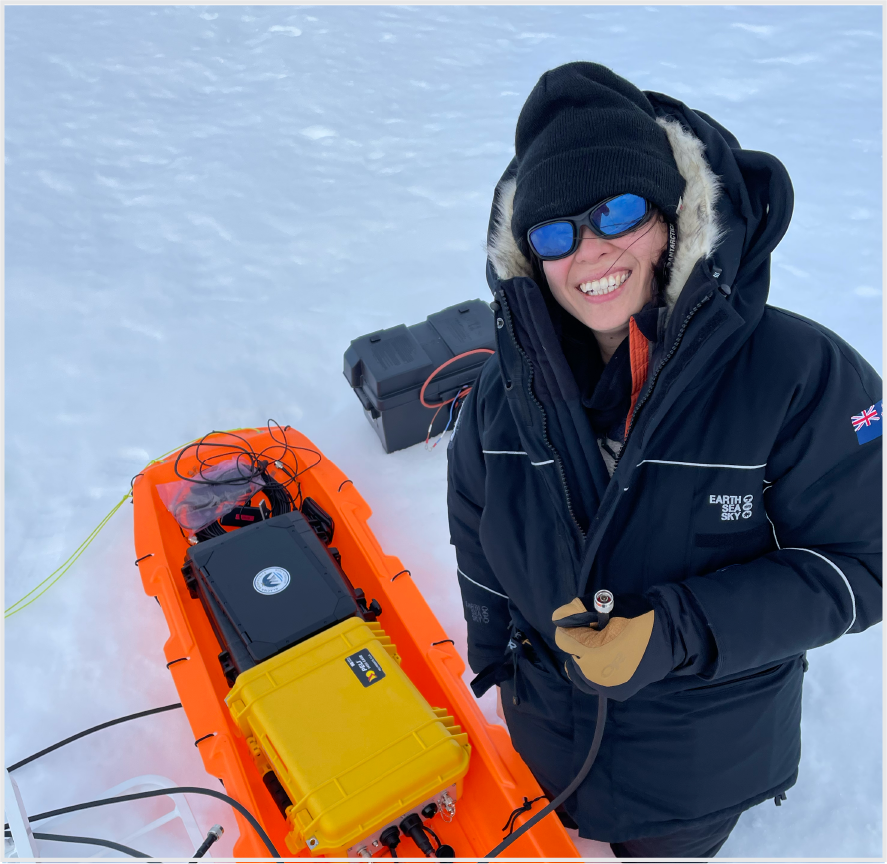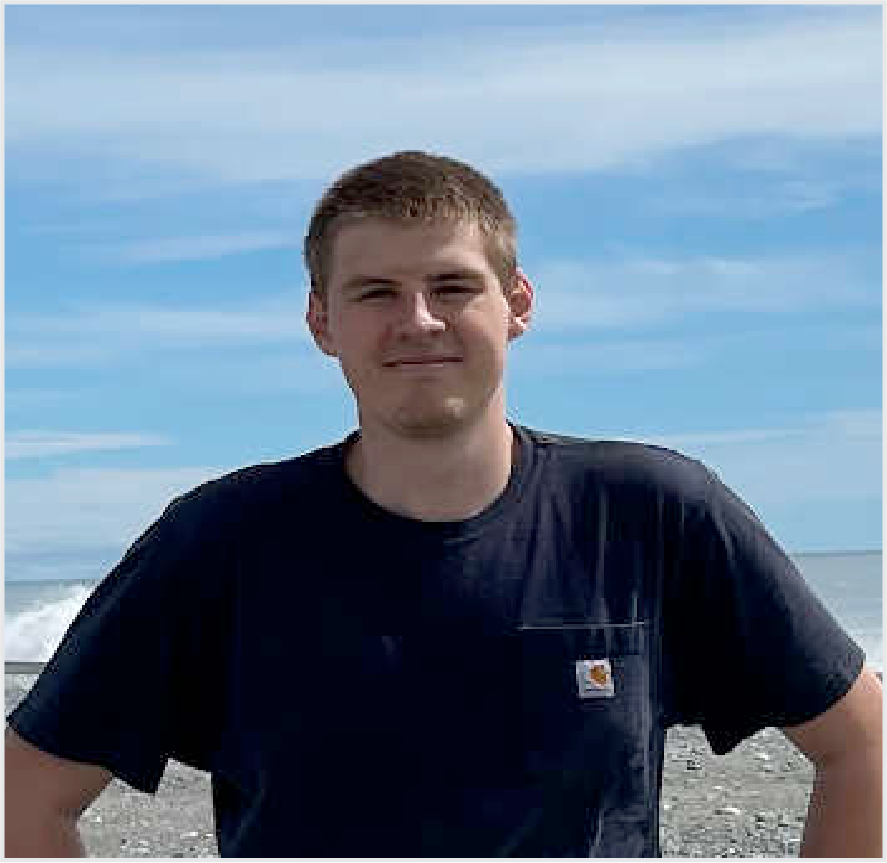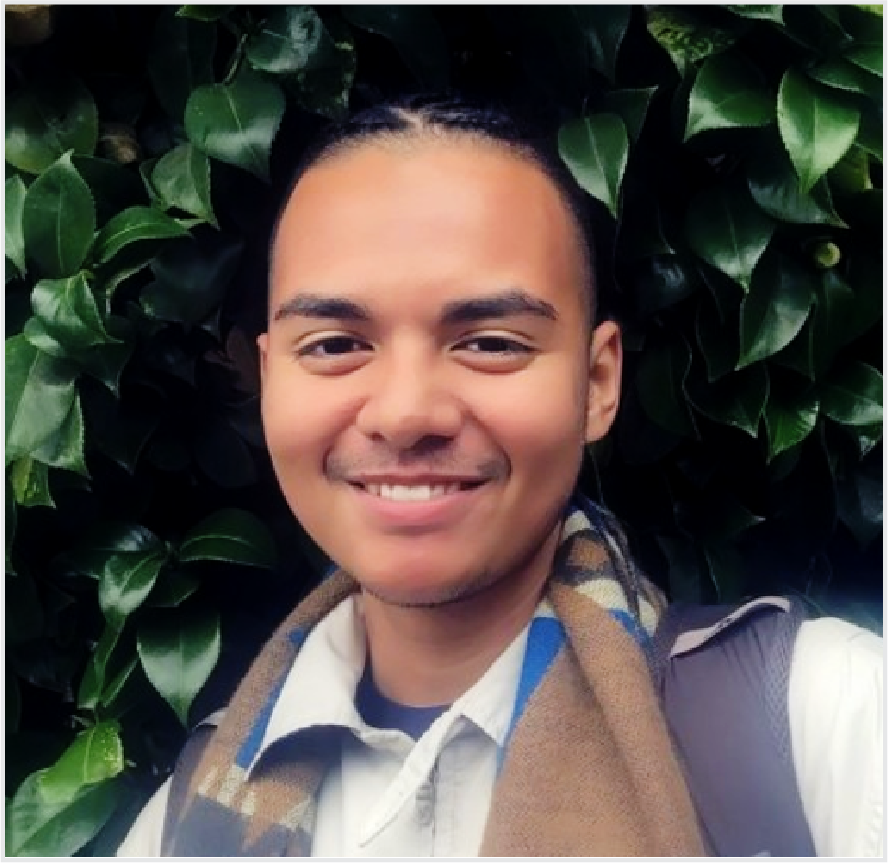About Our Lab
We are a highly interdisciplinary research group integrating people from multiple fields, including Geophysics, Geosciences, Physics, Mechanical Engineering, Electrical and Computer Engingeering and many more...
Click on our photos below to learn more our background. Want to join us?







